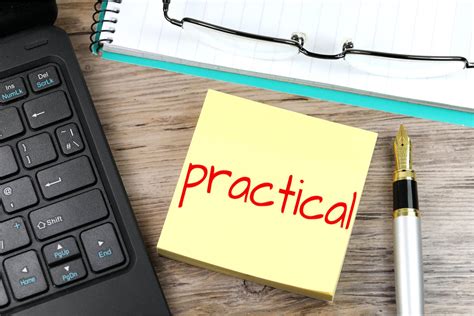Relationship arguments are a natural part of any partnership, but their frequency and intensity can significantly impact a couple’s well-being. For men, understanding and adopting specific communication tactics can dramatically reduce common disagreements and foster a more harmonious connection. It’s not about avoiding conflict entirely, but rather about navigating it with skill and empathy, transforming potential arguments into opportunities for deeper understanding.
Understanding the Roots of Common Arguments
Many relationship arguments stem from miscommunication, unexpressed expectations, or feeling unheard. Men often face societal pressures or ingrained habits that can inadvertently contribute to these issues, such as a tendency to problem-solve rather than listen, or to internalize emotions. Recognizing these patterns is the first step toward changing them. Common triggers include feeling disrespected, not having needs met, differences in values, or simply differing communication styles.

Mastering Active Listening
One of the most powerful tools in preventing arguments is active listening. This means fully focusing on what your partner is saying, both verbally and non-verbally, without interrupting or formulating your response. Put away distractions like your phone, make eye contact, and genuinely try to understand their perspective. After they’ve spoken, you can confirm your understanding by paraphrasing what you’ve heard: “So, what I hear you saying is…” This validates their feelings and ensures you’ve grasped the core of their message, reducing misunderstandings.
Using “I” Statements to Express Needs
When you need to express something, especially a concern or a need, frame it using “I” statements. Instead of “You always…” or “Why do you never…”, which sound accusatory and put your partner on the defensive, try “I feel [emotion] when [situation] because [reason], and I need [solution/action].” For example, “I feel overwhelmed when the house is messy because I value tidiness, and I need us to share the chores more equally.” This approach focuses on your experience and needs, inviting collaboration rather than conflict.

Choosing the Right Time and Place
The timing and setting of a discussion can heavily influence its outcome. Avoid bringing up sensitive topics when either of you is stressed, tired, hungry, or in a rush. Similarly, don’t initiate a serious conversation in front of others or in a highly public place. Find a calm, private moment when both of you can give your full attention. Sometimes, simply asking, “Is now a good time to talk about something important?” can make a huge difference in preparing your partner for a productive conversation rather than a sudden ambush.
Practicing Empathy and Validation
Empathy is the ability to understand and share the feelings of another. Even if you don’t agree with your partner’s viewpoint, you can still validate their feelings. Comments like “I can see why you would feel frustrated by that” or “That sounds really difficult” acknowledge their emotional experience without necessarily endorsing their conclusions. This creates a sense of being heard and understood, which often diffuses tension and opens the door for problem-solving. It’s about connecting on an emotional level before tackling the logical problem.

Focusing on Solutions, Not Blame
When an argument does arise, shift the focus from assigning blame to finding a solution. Instead of dwelling on who did what wrong, ask “What can we do to make this better?” or “How can we prevent this from happening again?” Approach the issue as a team, with both of you against the problem, rather than against each other. This collaborative mindset encourages compromise and creative solutions that benefit both partners, strengthening the relationship in the process.

Knowing When to Take a Break
Sometimes, despite your best efforts, a conversation can escalate. It’s crucial to recognize when this is happening and suggest a timeout. Agree on a fixed time to revisit the discussion (e.g., “Let’s take 30 minutes to cool down and then come back to this”). Use this time to calm your own emotions, collect your thoughts, and perhaps even reflect on your partner’s perspective. This prevents things from being said in the heat of the moment that you might regret later and allows for a more rational approach upon returning.

Conclusion
Developing effective communication tactics is an ongoing journey, not a destination. By actively listening, expressing needs clearly, choosing the right moments, practicing empathy, focusing on solutions, and knowing when to pause, men can significantly reduce relationship arguments and build stronger, more resilient partnerships. These practical strategies not only prevent conflict but also pave the way for deeper intimacy, mutual respect, and a more fulfilling shared life.



